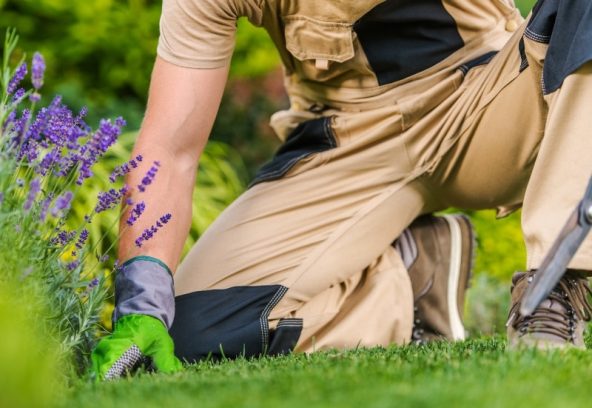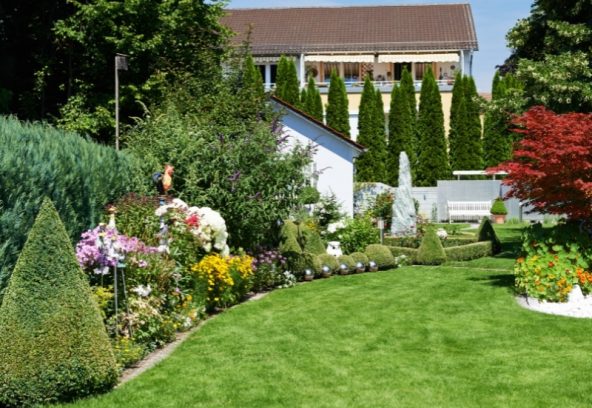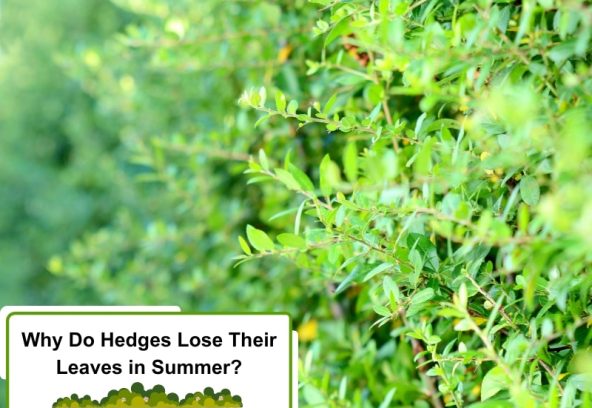Can Turf Be Laid Over Old or Dead Grass to Save Time?
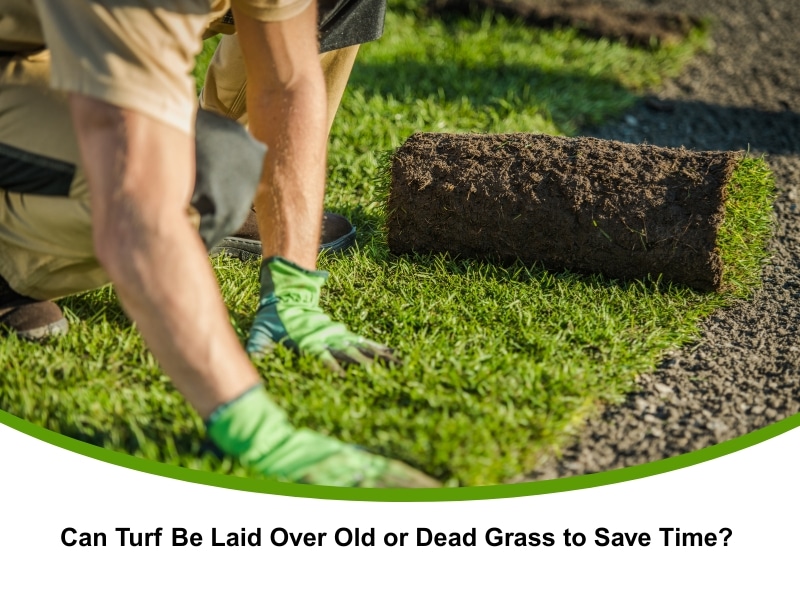
Looking to refresh your lawn quickly? Laying new turf over old or dead grass might seem like a time-saving solution. However, this shortcut often leads to problems that can cost more in the long run.
Why It’s Risky to Lay Turf Over Existing Grass
Poor Root Contact
New turf needs direct contact with soil to establish roots. Old grass creates a barrier, preventing proper rooting and leading to turf failure.
Drainage Issues
Old grass can impede water flow, causing water to pool or drain unevenly. This can lead to soggy spots and promote fungal growth.
Weed and Pest Problems
Existing weeds and pests in the old grass can infiltrate the new turf, undermining its health and appearance.
- Uneven Surface
Old grass can create an uneven base, resulting in a bumpy lawn that’s difficult to mow and maintain.
Proper Steps for a Healthy Lawn
To ensure a lush and long-lasting lawn, consider these steps:
- Remove Old Grass
Use a turf cutter or spade to eliminate existing grass and roots. - Prepare the Soil
Aerate the soil to improve air and water flow. Level the ground and add nutrient-rich topsoil. - Address Weeds and Pests
Apply appropriate treatments to eliminate weeds and pests before laying new turf. - Lay New Turf Properly
Ensure the new turf has direct contact with the prepared soil. Water it adequately to promote root establishment.
By taking the time to prepare your lawn correctly, you can achieve a vibrant and healthy lawn that stands the test of time.
For expert assistance in transforming your lawn, consider reaching out to Bespoke Landscaping Sydney. Their professional services can help you achieve the best results for your outdoor space.
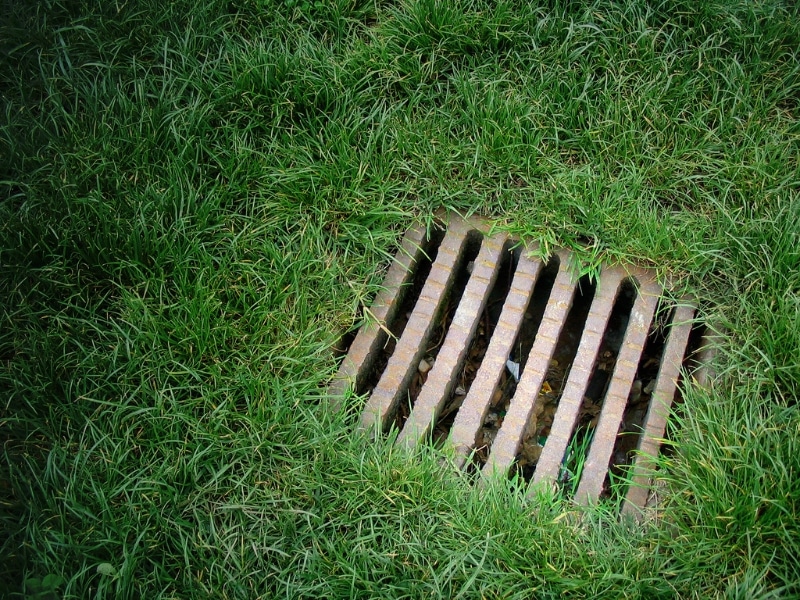

Is it okay to lay turf over old grass?
Laying turf over old grass might seem like a quick and easy solution. But think carefully before you roll it out.
Thatch build-up: Old or dying grass often forms a thick layer of thatch. This layer can block the new turf’s roots from getting into the soil.
Poor root contact: For turf to establish properly, it needs direct contact with the soil. Turf laid over old grass may struggle to take hold.
Weed growth: Weeds already in the old grass can push through the new turf if not removed first.
Uneven surface: Old grass can make the ground bumpy, leaving your lawn uneven.
Pest problems: Dead grass can attract pests, which might damage the new turf.
While it may seem like a convenient shortcut, laying turf over old grass without proper preparation usually leads to poor results. It can cost you more time and money in the end.
For a professional approach, consider reaching out to Bespoke Landscaping Sydney. They’ll help you get it right from the start.
Should you level the area before laying turf?
A level surface is key for a healthy, good-looking lawn. Skipping this step can lead to problems.
Stops water pooling: A flat lawn spreads water evenly, avoiding puddles.
Helps turf bond with soil: Smooth, even ground lets turf roots connect firmly.
Easier to maintain: Mowing and upkeep are much simpler on level grass.
Looks more professional: Uneven turf looks patchy and untidy.
Improves safety: Uneven ground can be a trip hazard, especially in busy areas.
Level the ground first for a lawn that lasts. Once it’s levelled, water the new turf consistently. This helps it settle and develop strong roots for healthy growth.
For expert help, contact Bespoke Landscaping Sydney to get the job done right.


